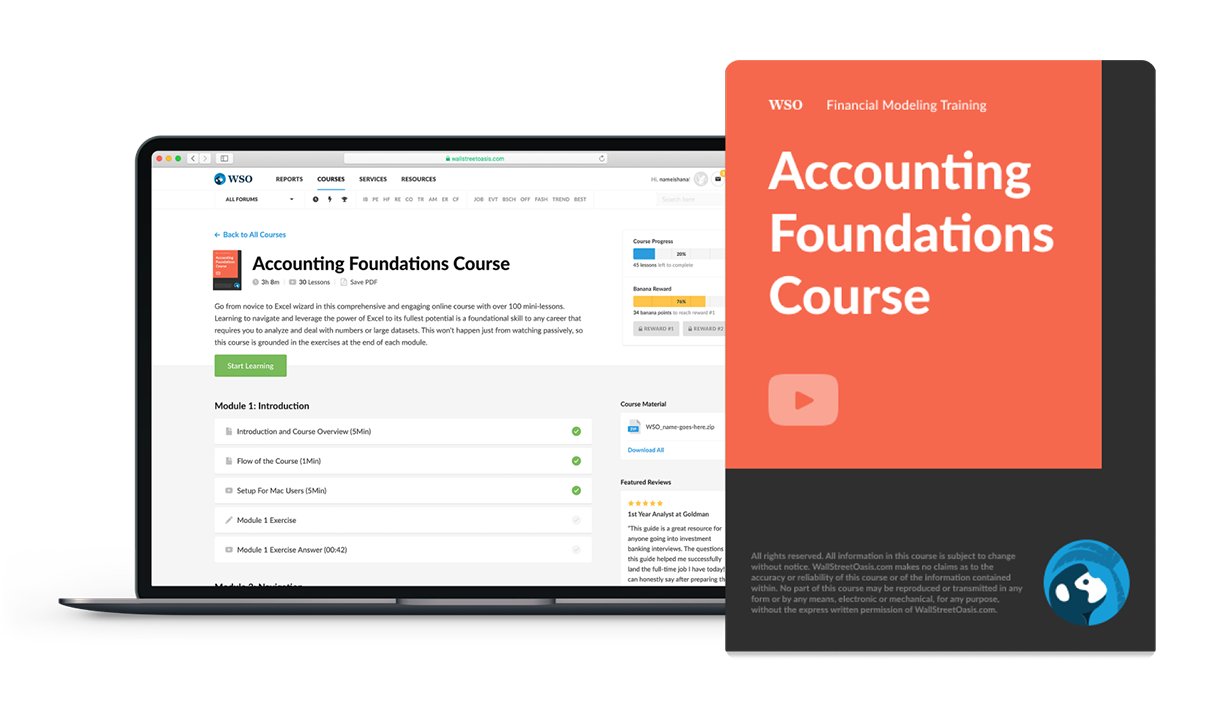
Perpetual Bonds
These are fixed-income securities that reflect loans from investors to borrowers (typically corporate or governmental)
Bonds are fixed-income securities that reflect loans from investors to borrowers (typically corporate or governmental) and may be compared to an agreement outlining the loan terms and the associated payments between the lender and borrower.

Companies, municipalities, states, and sovereign governments utilize them to finance operations and initiatives. Bondholders are the issuer's creditors.
Their specifications typically contain the terms for the borrower's variable or fixed interest payments and the end date by which the loan principle is expected to be paid to the owner.
Perpetual bonds, sometimes perpetual, perps, or consol bonds, are the types without an expiration/maturity date. Like conventional ones, they issue coupons to investors to pay interest, but the principal amount has no predetermined redemption date.
Since the issuer is not compelled to repay the debt as long as they continue to pay the interest (coupon) owed to holders, perps are, in essence, a debt obligation.
Economists compare perpetual to stock investments that pay dividends. However, there are very few and, at best, superficial similarities between them and dividend stocks.
Perhaps annuities are more comparable to them.
An investment that offers the investor a supposedly endless stream of income payments is referred to as an annuity. They also provide investors with continual income distributions for an infinite amount of time in the future through their coupon payments.
Who Is the Perpetual Bond Issuer?
The percentage of consoles in the overall market is quite tiny. This is because government agencies and banks are the main issuers of perpetual bonds.

The funds collected from investors for these bonds qualify as Tier 1 capital, which banks use to assist them in achieving their capital requirements. According to some economists, perps are an excellent way for financially troubled governments to raise money.
However, most traditional economists do not support governments incurring debt they are not required to repay.
Nor do they believe that it is the prudent fiscal policy for a government to assume the contractual duty to make payments to anybody in perpetuity.
A perpetual bond's issuer often has the right to call or redeem it at any time after an agreed-upon period, such as five years following the bond's issuance date. As a result, some perpetual issuers finally redeem their bonds.
The lack of an already set redemption date for perpetual continues to be advantageous to the issuer.
As a result, the issuer may choose any moment to redeem the securities. They can wait till they have the most significant money to repay readily. The ease of repaying the principal amount may be the primary factor in an issuer's decision to issue perpetual.
And as aforementioned, the most notable feature of perpetual is that their issuer is not required to restore the investor's principal; therefore, it is vital to keep this in mind.

Advantages and Disadvantages
Benefits include providing investors with dependable, predictable streams of income that are paid according to a predetermined timetable. Additionally, some perps have "step-up" provisions that raise the interest payment at specific future times.
This function, formally known as "increasing perpetuity," may be quite profitable for investors.
For instance, after ten years, the yield on perpetual can rise by 1%. They may similarly provide cyclical interest rate hikes. Therefore, while comparing various issues, investors should pay special attention to step-up clauses.
They expose investors to ongoing credit risk since, over time, both governmental and corporate issuers may run into financial difficulties or, conceivably, even go out of business. Call risk, which entails the possibility of recall by issuers, may also apply to perpetual.

Advantages:
- Higher interest rates than standard bonds.
- No requirement to track maturity dates.
- A consistent source of fixed income with a scheduled set date.
Disadvantages:
- The rise of interest rates can make them less valuable and prevent them from keeping pace with inflation.
- May pass up on better investing opportunities.
- Investors are constantly exposed to credit risk.
- There may be certain perps that issuers can recall.
Formula and Example
Formula and examples are:
Current Yield
Investors use the current yield on a perp to determine how much return they will receive from it. The current yield is calculated as the cumulative yearly coupon payments divided by the bond's market price multiplied by 100.
Formula:
Current Yield = (Annual Dollar Interest Paid) / (Market Price) * 100%
Example:
A perp is now selling at a reduced price of $93,
the par value: $100
coupon rate: 7%.
[(0.07 x $100) / ($93)] is the current yield * 100% = 7.53%.
This example indicates that if you purchase at the lower market price of $93, you might anticipate a 7.53 percent yield.
Present Value
The present value of a perpetual annuity may be determined using a straightforward formula. This equation will reveal the value of perpetuity based on a needed return or a discount rate.
Formula:
Present value = D / r
Where,
D = periodic coupon payment
r = discount rate applied
Example:
Let us say you have a perp with a $700 annual payment guarantee. You think a 7 percent yield is appropriate for it since you believe the borrower is creditworthy. We may calculate the present value of this perpetuity using this information.
PV = $700 / 0.07
PV = $10,000

Other Types of Bonds
Many diverse organizations, including the American government, localities, businesses, and international organizations, issue bonds. Financial institutions may issue mortgage-backed securities as well.
Each year, thousands of bonds are issued, and while some of them may have the same issuer, it's likely that each one is unique and set under a different type.
1. Municipal
Often known as "munis," they are debt instruments issued by the government, which may include states, cities, counties, and other local bodies to pay for ongoing expenses and fund capital projects like the construction of sewage systems, roads, and schools.
When you buy municipal bonds, you are essentially giving money to the issuer in return for the assurance of regular interest payments, which are typically made every two years, as well as the return of the initial investment, or "principal."
The maturity date of a municipal bond, or the day the issuer repays the principal, might be years away. Long-term bonds take longer than ten years to mature, whereas short-term do so in one to three years. Their interest is often not subject to federal income tax.

2. High-Yield Corporate Bonds
Due to the increased risk of default, high-yield corporate bonds have higher interest rates than other types. As a result, companies with a higher anticipated default risk may struggle to get investment-grade credit ratings when issuing new ones.
So to attract investors and make up for this heightened risk, companies often issue bonds with higher interest rates to make them seem lucrative.
Issuers of high-yield bonds may be highly indebted businesses or those having trouble financially.
To compensate for their sketchy operational records or because their financial plans can be viewed as speculative or dangerous, smaller or fledgling enterprises may also be required to issue high-yield bonds.
3. U.S Savings Bonds
Savings bonds are issued by the federal government and backed by the "full faith and credit" guarantee. But unlike Treasuries, this type may be purchased for an investment as low as $20-50.
Like treasuries, the interest earned on your savings bonds is subject to federal income tax, not state or local income taxes.
They can be purchased from the U.S. Department of the Treasury, at banks and credit unions, and are often offered by employers through payroll deduction. But unlike most other Treasuries, they cannot be bought and sold in the secondary market.
Only the person who registered a savings bond can receive payment for it.

Everything You Need To Build Your Accounting Skills
To Help You Thrive in the Most Flexible Job in the World.
Researched and authored by Chadi Kattoua | LinkedIn
Free Resources
To continue learning and advancing your career, check out these additional helpful WSO resources:


or Want to Sign up with your social account?